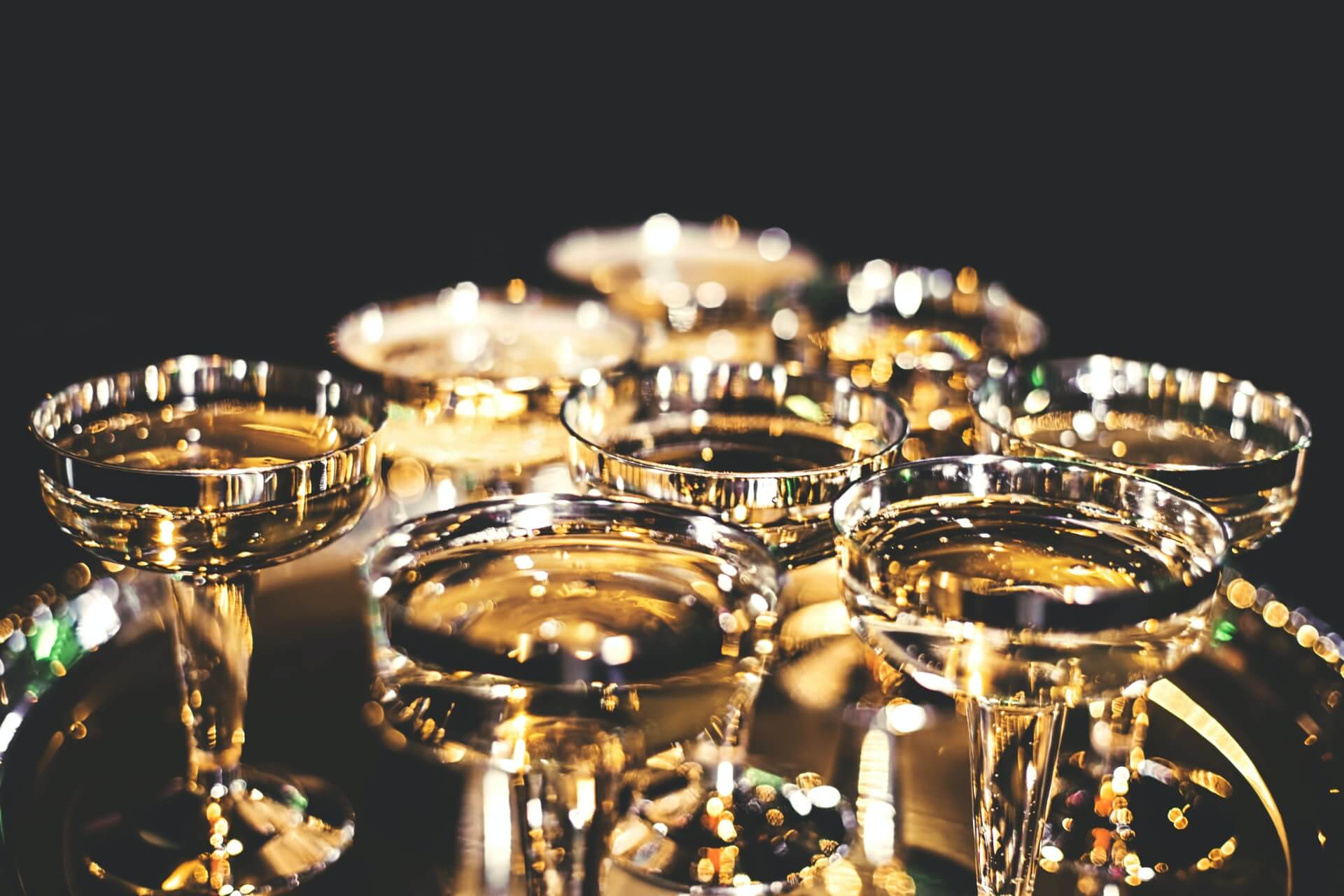As Guests Learn More, Luxury Grows
by David Klemt

Consumers are drinking better and the luxury categories of several spirits, wine and Champagne are benefitting.
Interestingly, this growth no longer appears to be driven solely by a desire to stand out and be seen.
Instead, according to one Bar Hacks podcast guest, consumers seem to be more carefully allocating their dollars.
Luxury Continues to Rise
The word “luxury” tends to conjure thoughts of expensive, high-end items.
Indeed, that’s certainly still a part of luxury. However, the concept of luxury as unattainable to most people is seemingly falling to the wayside.
Maxime Lecocq, Prestige sales manager in Las Vegas for Pernod-Ricard, shares a similar thought on episode 56 of Bar Hacks.
“The consumption style started to change during the pandemic,” says Lecocq. “So, people are more careful on what they’re drinking, where they’re spending their money.”
Intriguingly, Lecocq doesn’t mean that people were looking to spend as little as possible. Rather, they wanted higher quality for their dollars.
“Instead of having just any Scotch, they’re gonna research more,” Lecocq says. “Instead of spending, like, $25, they’re gonna be like, ‘Oh, I’m gonna spend $40 but I’m gonna be more careful about what I’m gonna drink.'”
As far as Lecocq is concerned, consumers doing more research is benefiting the luxury segment.
Why does he think that? Because it appears that research is leading consumers to spend more on luxury spirits and wine.
Numbers Support Luxury Growth
Early last month, Distilled Spirits Council of the United States (DISCUS) shared their research into luxury spirits.
DISCUS data shows that during the period from 2015 to 2020, luxury spirits brands saw sales growth of 125 percent. Further, looking at the first half of 2021, luxury spirits volume is up 25 percent.
For the curious, DISCUS considers any brand that sells 750mL bottles at retail for $50 or more to fall within the luxury segment. So, $10 more than the example Lecocq provides during his Bar Hacks appearance.
There are six luxury categories tracked by DISCUS: American whiskey, Cognac, Irish whiskey, Japanese whisky, Single Malt Scotch, and Tequila.
On his podcast episode, Lecocq discussed three of those categories: Cognac, Single Malt Scotch, and Tequila.
Growth Categories
Per DISCUS, American whiskey has seen annual growth since 2015 of 41 percent. For Japanese whisky, that rate of growth is 42 percent.
Irish whiskey and Single Malt Scotch are also healthy annual growth. However, Irish whiskey’s annual growth is only a third of that of its Japanese counterpart at 14-plus percent.
Single Malt Scotch, in the first half of 2021, is up 5.6 percent.
According to DISCUS, Cognac’s annual growth is nearly 16 percent. Lecocq posits that this rise in interest in Cognac is down to shifting consumer perception.
Once thought of as “your grandparents’ drink,” younger consumers are now more eager to explore this type of brandy.
It’s perhaps tequila that sees the most interesting growth. Given its explosive and seemingly unwavering popularity, I thought the luxury tequila category would see growth in excess of 42 percent.
However, per DISCUS, luxury tequila brands are up 30.7 percent annually since 2015. Obviously, that’s impressive growth, and the category represents 28 million bottles sold.
That’s more than American, Irish, Japanese and Single Malt Scotch whiskeys combined.
Of course, this doesn’t mean that operators should abandon their less expensive spirits and wines. It does, however, show that consumers are willing to pay more for what they perceive to be higher quality brands.
Image: Billy Huynh on Unsplash
